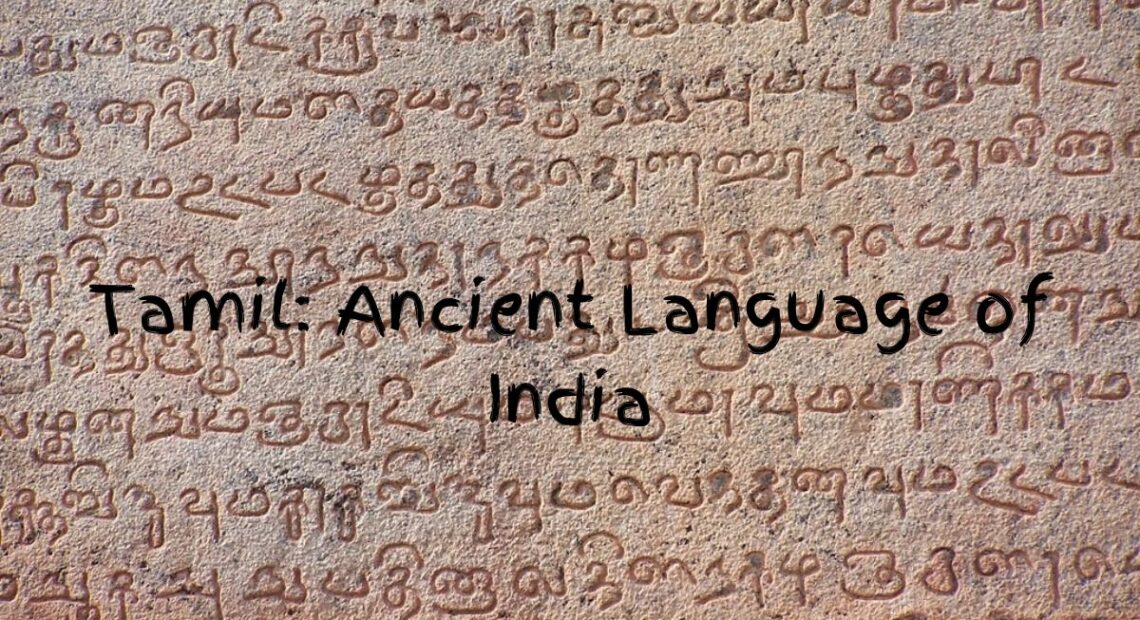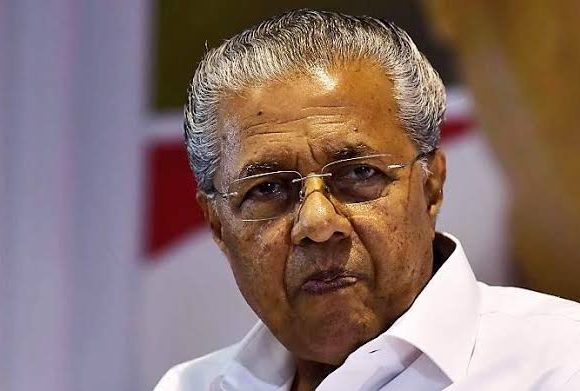Unraveling the Origins: The Oldest Language in the World and Its Deep Roots in India

Languages are the essence of human communication, carrying within them the echoes of ancient civilizations and cultures. Amidst the vast tapestry of linguistic diversity, one language stands out as arguably the oldest known to humanity: Tamil. Its origins date back thousands of years, and its journey intertwines deeply with the history and culture of the Indian subcontinent.
Tamil: A Linguistic Time Capsule
Tamil, a Dravidian language predominantly spoken in the Indian state of Tamil Nadu and parts of Sri Lanka and Singapore, boasts an illustrious heritage that predates many of the world’s modern languages. Its antiquity is evidenced by the rich literary tradition found in ancient Sangam literature, which dates back to around 300 BCE to 300 CE. These texts, composed by various poets over centuries, offer a glimpse into the social, cultural, and linguistic landscape of ancient Tamil Nadu.
The Dravidian Connection
The Dravidian language family, to which Tamil belongs, is one of the oldest language families known to humanity. Dravidian languages are primarily spoken in southern India, with Tamil, Telugu, Kannada, and Malayalam being the major ones. This linguistic group is distinct from the Indo-European languages spoken in northern India and Europe, indicating a diverse linguistic heritage within the Indian subcontinent.
Cultural Significance
Tamil language and culture have left an indelible mark on various facets of Indian civilization. From literature and philosophy to art and architecture, Tamil Nadu’s cultural contributions have been profound. The ancient Tamil Sangam literature, comprising both poetry and prose, reflects the ethos of the times and serves as a testament to the intellectual and artistic achievements of early Tamil society.
Influence and Evolution
Over millennia, Tamil has evolved and adapted, influenced by interactions with other languages and cultures. Its influence has spread far beyond the borders of Tamil Nadu, shaping the linguistic landscape of South Asia and beyond. Tamil scripts and literary works have inspired the development of scripts in other Dravidian languages, highlighting the interconnectedness of linguistic traditions in the region.
Preservation and Revival
Despite the challenges posed by modernization and globalization, efforts to preserve and promote the Tamil language and culture persist. Organizations and initiatives dedicated to language revitalization, education, and literary endeavors play a crucial role in ensuring that Tamil heritage continues to thrive in the contemporary world.
In conclusion, Tamil stands as a testament to the enduring legacy of ancient languages and civilizations. Its journey from antiquity to modernity reflects the intricate tapestry of human history and the vibrant cultural mosaic of the Indian subcontinent. As we celebrate the richness of linguistic diversity, let us also cherish the deep roots of Tamil and its profound impact on the world stage.
Picture Courtesy: Google/images are subject to copyright








